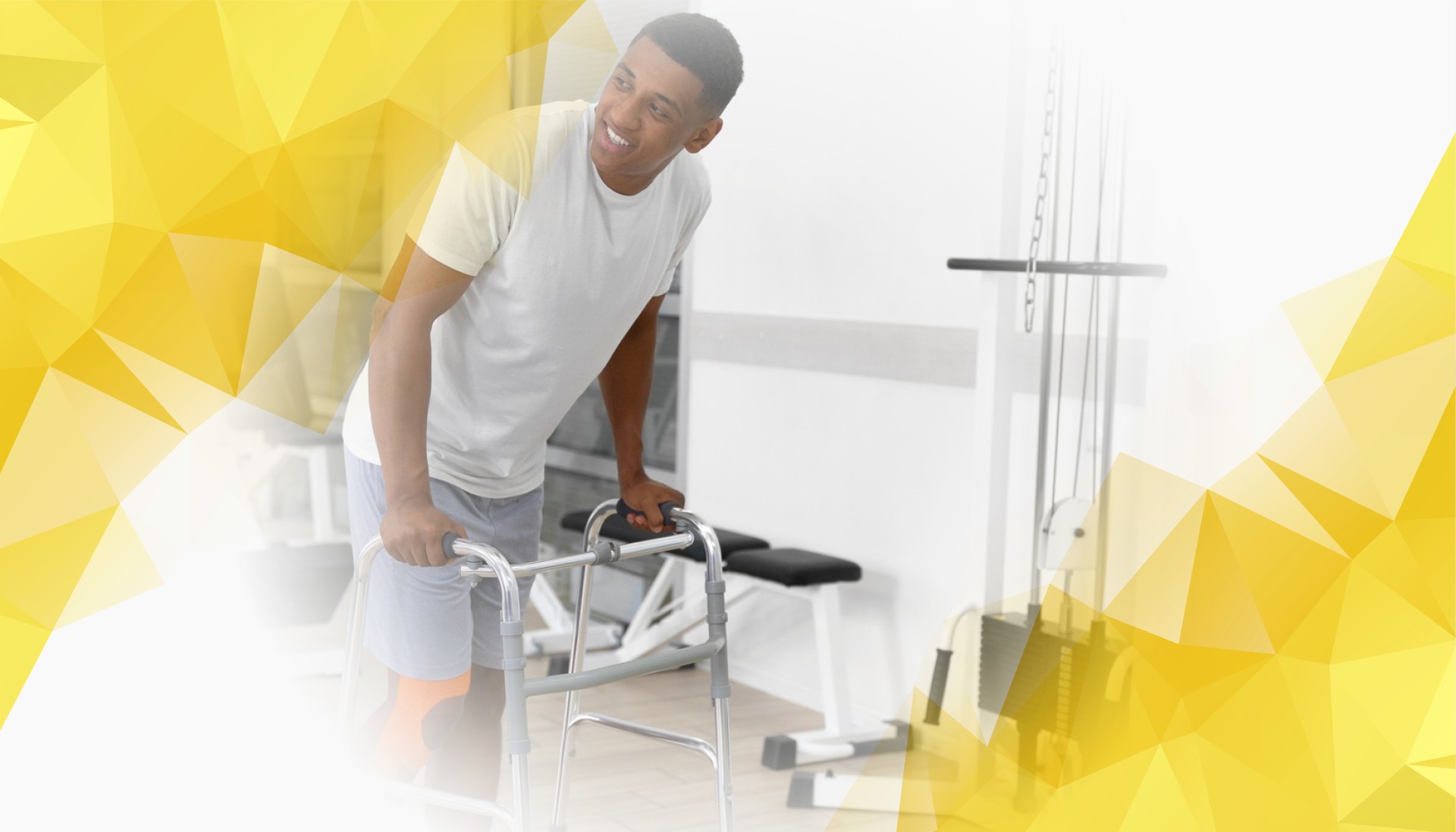Introduction: The Hidden Language of Movement
Most of us go about our daily lives without giving much thought to the ways we move—whether it’s our posture , gestures, or the subtle ways we shift our weight. These actions feel automatic and barely noticeable. But the concept behind the “ MAI Motion Age” encourages us to take a closer look. It suggests that our movements are much more than routine physical acts—they can reflect our innermost thoughts and feelings. Each gesture or posture offers clues about our personality, emotions, and unique life experiences. By tuning in to these subtle signals, we can discover previously hidden aspects of ourselves. In this article, we’ll explore how science is uncovering the connections between movement and identity.
What Science Tells Us About Movement and Personality
Researchers in psychology and movement science have found strong links between the way we move and our personality traits. Technologies like motion capture have made it possible to observe that people who are outgoing tend to use bigger, more expressive gestures, while those who are more reserved move in a smaller, more controlled manner. Even how we stand or walk can reveal feelings such as confidence or anxiety . New advances in marker-less motion capture have made it easier to study movements in natural settings, providing deeper insights into individual movement patterns . For example, a recent study found that a three-repetition (3x) sit-to-stand protocol using the MAI Motion system provided comparable biomechanical data to the traditional five-repetition (5x) approach, making assessments more practical and less burdensome for participants. This kind of research highlights how our movements can act as a window into our personality and emotions, revealing things that might not be expressed in words.
Reading the Signals in Everyday Movements
With these scientific insights, we can begin to notice how our everyday movements communicate information about who we are. Words like “gesture,” “ posture ,” “rhythm,” and “fluidity” describe qualities we can observe when we watch others—or ourselves—move. A firm handshake or standing tall , for example, often suggests self-assurance, while slower or tentative movements can signal caution or thoughtfulness. Modern marker-less motion capture technology has further improved the accuracy of these observations, as it records real-world movements without interfering with the body’s natural flow. By paying attention to these details, we gain a richer understanding of the unspoken messages we send and receive every day.
How Understanding Movement Can Help Us Grow
Becoming aware of movement patterns is more than just interesting—it has real benefits. In therapeutic settings, recognizing movements linked to stress or trauma can support healing and emotional growth. Coaches and trainers can use this knowledge to develop personalized programs that play to an individual’s natural strengths, boosting both self-confidence and awareness. Even in everyday interactions, being mindful of our gestures and posture can help us connect with others more authentically. Embracing the tools and insights of the MAI Motion Age empowers us to reflect on how we move through the world and to better align our actions with our true selves. Recent studies also suggest that streamlined movement assessments are not only effective but also more comfortable for participants, making these insights even more accessible.
Conclusion: Seeing Movement as a Window to Our True Selves
In the end, exploring how we move offers a unique and powerful way to discover more about who we are. The research is clear: our posture , gestures, and the rhythm of our movements reveal much more than just physical habits—they are deeply connected to our inner world. As the MAI Motion Age continues to unfold, we are encouraged to listen to the stories our bodies tell and use this self-knowledge to grow. Looking forward, continued research will undoubtedly deepen our understanding of ourselves and enrich our relationships with others.
References
Wen, Y., Verma, T., Whitehead, J. P., & Lee, P. (2025). Empirical Validation of a Streamlined Three-Repetition Sit-to-Stand Protocol Using MAI Motion. Applied Sciences, 15(10), 5688. https://doi.org/10.3390/app15105688
Armstrong, K., Wen, Y., Zhang, L., Ye, X., & Lee, P. (2022). Novel Clinical Applications of Marker-less Motion Capture as a Low-cost Human Motion Analysis Method in the Detection and Treatment of Knee Osteoarthritis. Journal of Arthritis, 11, Article 053. https://doi.org/10.4172/2167-7921.2022.11.053

